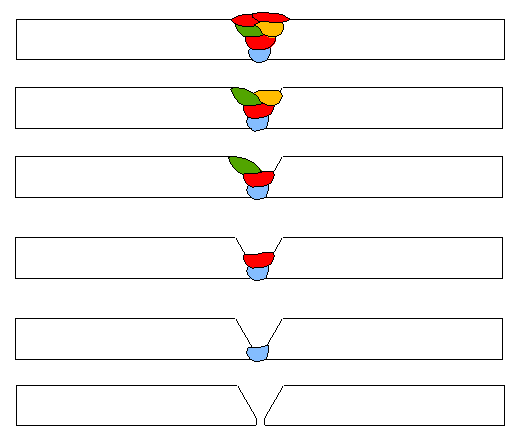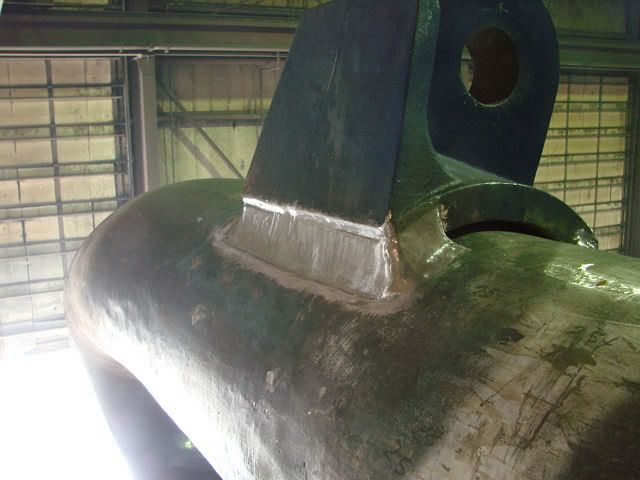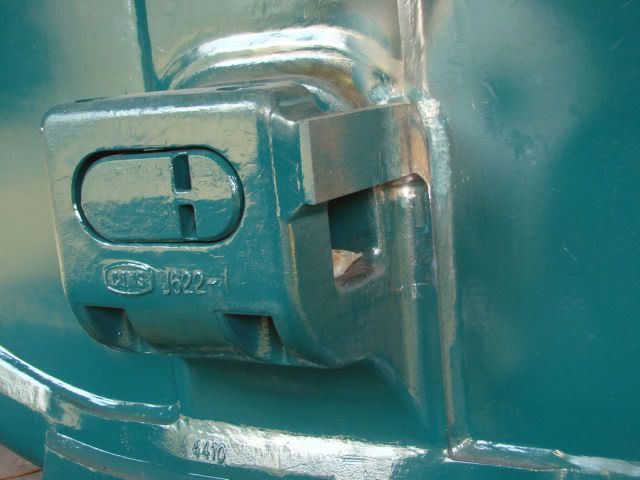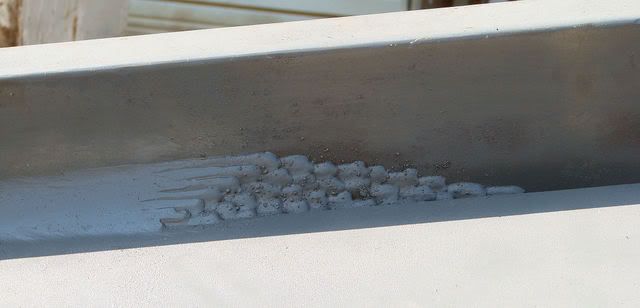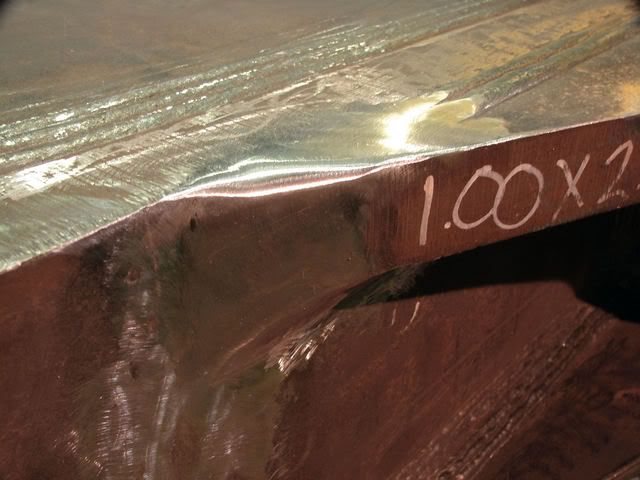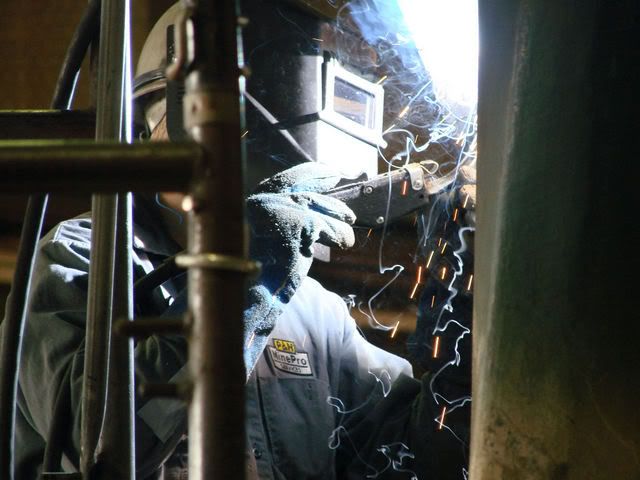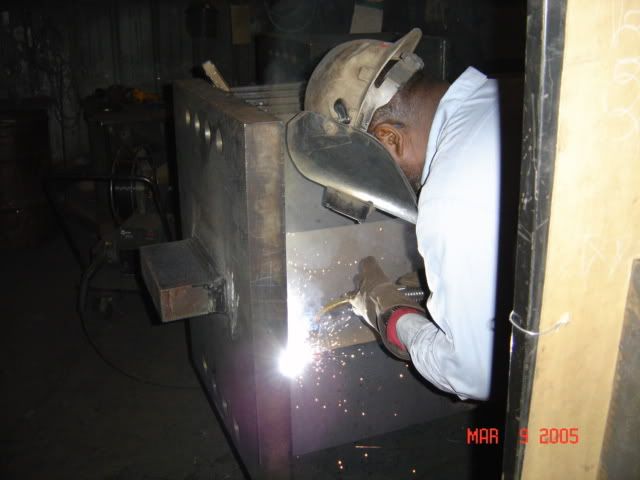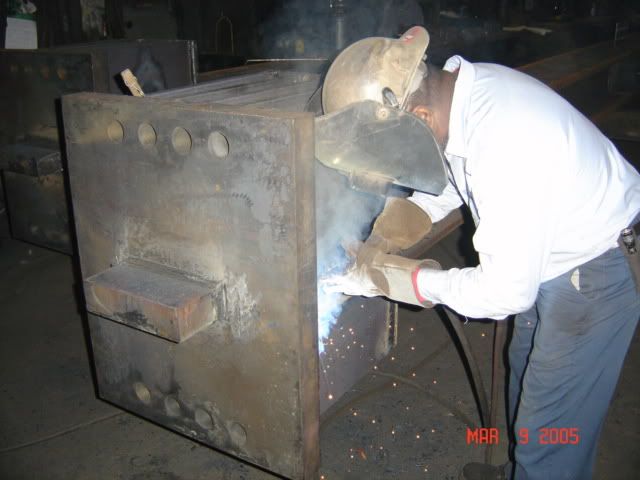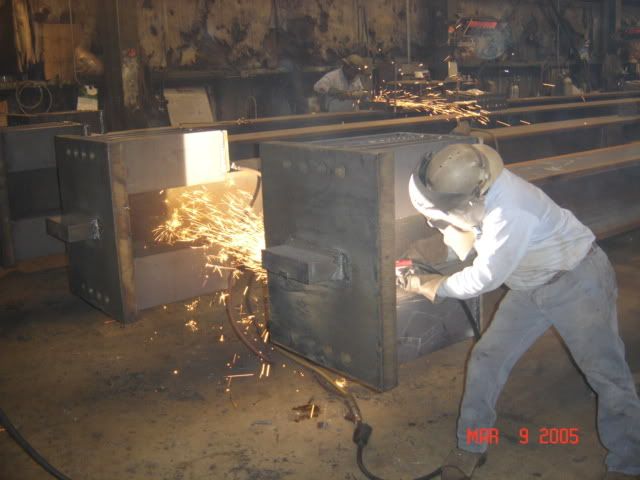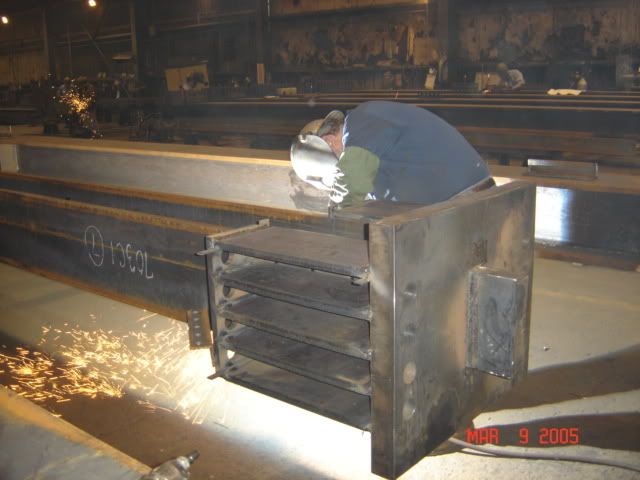
Hi Jeffrey!
I've been a bit busy lately which is always good for me so, I apologize for not being around in the "Forum" lately. :) :) :) The wonderful aspect of having this forum is the fact that there will always be one or more individuals that will always give anyone sound advice, good suggestions, and some interesting experiences that will cover most queries here ;)
Anywho, Bucyrus, Manitowac, P&H to name a few constantly deposit rather large multi-pass fillet welds... Any decent size shipyard in the world does the same only - even more often!!!
The tanks inside some of these huge vessels will have many, many large leg sized (1" - 4" on occasion) fillets if they have many baffles included into the design, and in the years before FCAW became an acceptable alternative in Quality comparison to SMAW, most of the welds were deposited with 3/16th", 1/4" size "baseball bat" SMAW electrodes so, patience was a necessary virtue in completing the required final weld sizes on some of the larger leg sized joints. :)
On some of the larger columns found in the design of modern "skyscrapers" or even some bridge sections - one will find even larger size multi-pass fillet weld deposits, and in some cases the size deposits are on metal thicknesses of more than six inches!!! Some are even thicker than that!!! Joe Kane can describe some aspects of the freedom tower now being built near ground zero which they use some really thick steel!!! I believe Lawrence got to see some of those pics as did I awhile back. :) When I find the pics, I'll post them if Joe agrees to let me do so just out of respect to him for providing them to us.
I've personally deposited two inch fillets of Grade 2 CP Titanium many times when I worked back in the day with Titanium Fabricators in NJ, without chambers or tents that were 100% RT'd with GTAW all the way in every position possible, and believe me you, patience was most definitely a requirement to complete those joints. ;)
Keep asking those questions Jeffrey, and become an all consuming "sponge" yet never forget, to always remain to be teachable which is my own mantra! ;)
P.S. Nice pics Thirdeye!!! ;)
Respectfully,
Henry

